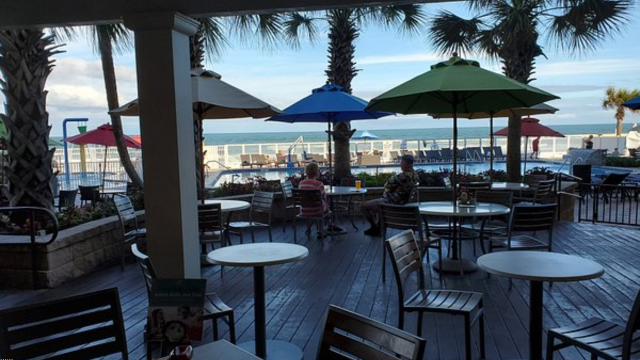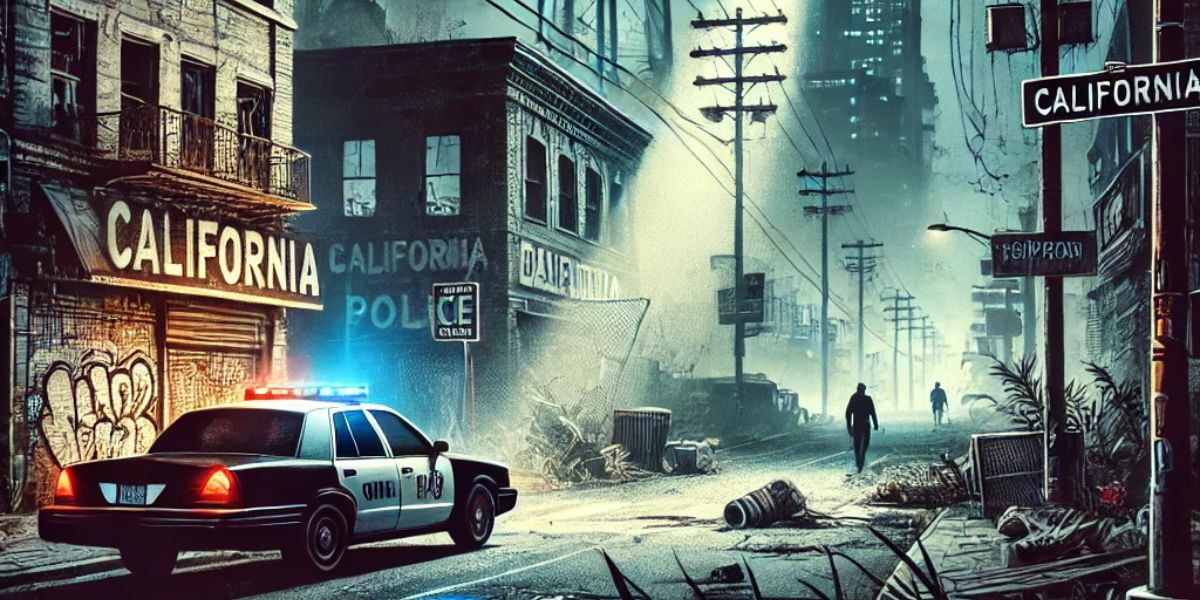In a surprising turn of events at Barnard College in New York City, the New York Police Department (NYPD) arrested several protesters late Wednesday. This incident occurred when anti-Israel demonstrators occupied the Milstein Library, raising serious questions about free speech and campus safety during a time of increased global tensions.
The Incident at Barnard College
On Wednesday afternoon, the NYPD received an urgent call about a bomb threat at the Milstein Center, which is part of the Barnard College campus. The call came from a nearby homeowner who was concerned about the situation. The police acted quickly, sending officers to the scene to ensure everyone’s safety.
As the situation unfolded, surveillance footage revealed that the bomb threat was connected to a group of anti-Israel protesters who had taken over the library. These demonstrators were protesting the recent expulsion of three students who had expressed anti-Israel views. Their occupation of the library was intended to make a strong political statement about their beliefs.
The NYPD issued an alert on X (formerly known as Twitter), warning people to stay away from the area. The alert stated, “Anyone who refuses to leave the location is subject to arrest.” This warning highlighted the seriousness of the situation and the police’s commitment to maintaining order.
Arrests Made
According to sources confirmed by Fox News, at least ten individuals were arrested during the police operation. However, the police did not provide specific details about the charges against those detained. The lack of information has left many wondering about the legal implications of the protesters’ actions and the police response.
The incident has sparked a heated debate about the balance between free speech and safety on college campuses. Many people are questioning whether the protesters had the right to occupy the library and whether their actions were justified. Others argue that the police were right to intervene to ensure the safety of all students and staff on campus.
Free Speech vs. Campus Safety
This incident at Barnard College is not an isolated event. Across the United States, college campuses have become battlegrounds for discussions about free speech, especially regarding sensitive political issues. The rise in protests and counter-protests has led to increased tensions, making it essential for universities to find a balance between allowing free expression and ensuring the safety of their communities.
Supporters of the protesters argue that they were exercising their right to free speech by voicing their opinions on a controversial topic. They believe that the expulsion of students for expressing anti-Israel views is an infringement on their rights. On the other hand, critics argue that occupying a public space and creating a chaotic environment can lead to safety concerns for everyone involved.
The Broader Context
The situation at Barnard College is part of a larger trend seen in many educational institutions. As geopolitical tensions rise, especially in relation to the Israel-Palestine conflict, students are increasingly using their campuses as platforms for activism. This has led to a surge in protests, some of which have turned confrontational.
In recent months, universities across the country have faced similar challenges. Incidents of protests, counter-protests, and clashes between different groups have raised questions about how colleges handle free speech and safety. Many institutions are now reevaluating their policies to ensure that they can accommodate diverse viewpoints while maintaining a safe environment for all students.
Moving Forward
As the dust settles from the incident at Barnard College, it is clear that discussions about free speech and campus safety will continue. The college community, along with law enforcement, will need to reflect on how to handle such situations in the future. Finding a way to allow for open dialogue while ensuring the safety of all individuals is crucial.
The NYPD’s response to the bomb threat and the subsequent arrests have highlighted the complexities of managing protests on college campuses.
Disclaimer – Our editorial team has thoroughly fact-checked this article to ensure its accuracy and eliminate any potential misinformation. We are dedicated to upholding the highest standards of integrity in our content.




